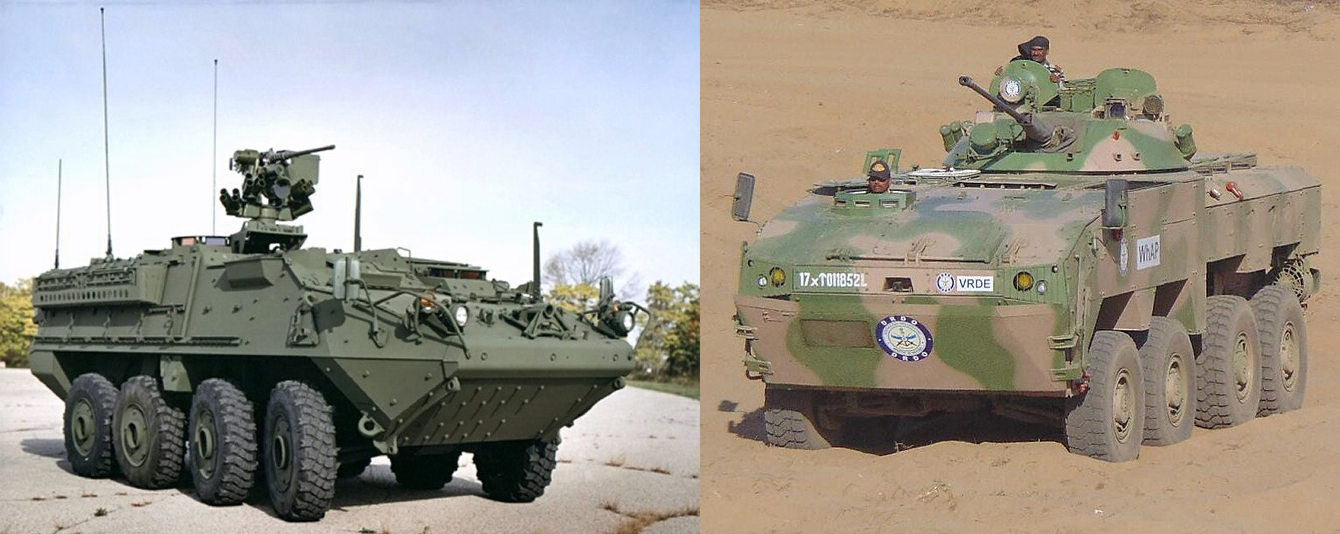In a significant move towards self-reliance in defence manufacturing, the Indian Army has officially rejected the U.S.-made Stryker Armored Personnel Carrier (APC) after it failed to meet expectations during high-altitude trials in Ladakh. Instead, the Army has endorsed the indigenous Advanced Armoured Platform (AAP) Wheeled variant, a robust and modular upgrade of the homegrown WhAP 8×8 vehicle developed by the Defence Research and Development Organisation (DRDO) in collaboration with private sector partners.
The Stryker, built by General Dynamics Land Systems and equipped with a 360 hp Caterpillar C7 engine, was tested as part of a potential government-to-government agreement with the United States. However, the vehicle struggled in the rugged and oxygen-deficient terrain of the Himalayas, a region that poses critical operational challenges for India’s military forces. Sources had earlier flagged the Stryker’s expeditionary design as unsuitable for India’s mountainous border zones, recommending that any future acquisitions focus on vehicles with more powerful engines—possibly 600 hp or more—for better performance in high-altitude environments.
In contrast, the DRDO’s AAP Wheeled variant—derived from the tested and inducted WhAP 8×8—has proven its capabilities in difficult terrain and combat scenarios, including high-altitude deployments in Ladakh and amphibious missions. Designed for flexibility, the AAP incorporates steel and composite armor, offers mine blast resistance, and supports integration of modern weapons like anti-tank guided missiles. With more than 80% indigenous content, the platform aligns with India’s Atmanirbhar Bharat initiative and reduces dependency on foreign suppliers.
The indigenous push gained further momentum with a symbolic metal-cutting ceremony held on April 2, 2025, at Tata Advanced Systems Limited’s Pune facility in partnership with Bharat Forge Limited. This marked the commencement of manufacturing for both wheeled and tracked variants of the AAP, with the first batch expected by October 2025. The Indian Army has already planned to acquire 198 units of the WhAP under the Buy (Indian-IDDM) category. In the competitive field, Tata’s Kestrel and Mahindra’s platforms have emerged as leading contenders, while the U.S. Stryker has now been sidelined.
This decision marks a strategic shift in India’s defence procurement, emphasizing indigenous innovation, adaptability to local conditions, and faster development-to-deployment timelines. By prioritizing homegrown platforms like the AAP, the Indian Army signals a new era of modernisation driven by domestic capability and strategic autonomy.













